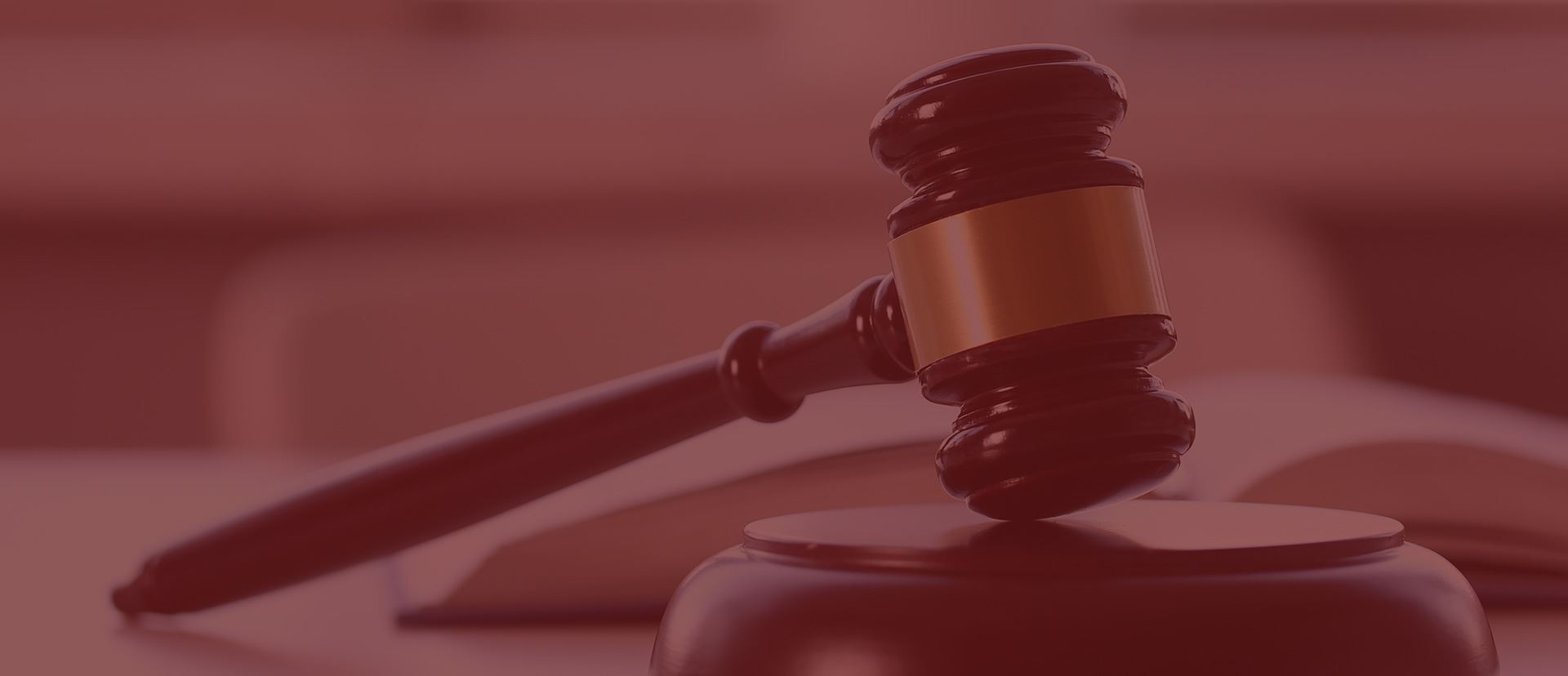Zostavax is a vaccine widely used for the prevention of shingles or the Herpes Zoster virus. Zostavax is one of two FDA-approved vaccines. The Centers for Disease Control (CDC) recommends that adults over the age of 60 receive a vaccine to prevent shingles. However, there are now nearly 5,000 lawsuits claiming that Zostavax can cause shingles and other related injuries. On August 2, 2018, many of the Zostavax lawsuits were combined into a multidistrict litigation (MDL). MDL is a federal legal procedure designed to coordinate and consolidate complex pretrial proceedings into one court.
What Is Shingles and What Are the Risks?
Nearly 1 million cases of shingles are diagnosed per year. Shingles occurs in about one out of every three people. It usually appears in people over the age of 50. Shingles is the reactivation of the varicella-zoster virus, which also causes chicken pox. Most people who have had chicken pox have this virus lying dormant in their nervous systems. This virus will often reactivate with age and in people with weakened immunity and manifests itself as a painful rash (or blisters) on the skin. In about one in five patients, the virus will cause Postherpetic neuralgia (PHN), which is chronic pain that can last for months or years.
What Is Zostavax?
Merck & Co. introduced the Zostavax vaccine in 2006. In 2016, Merck saw $518 million in sales (the sixth highest sales of all FDA-approved vaccines). Zostavax is a “live” vaccine, which means it contains a mild or weakened form of the zoster virus. Studies showed that Zostavax was approximately 51% effective in adults over the age of 50. However, Zostavax allegedly caused shingles in some patients and resulted in PHN, nerve damage and other injuries. In October of 2017, the FDA-approved a second vaccine for the zoster virus called Shingrix, made by GlaxoSmithKline. Unlike Zostavax, Shingrix is not a live vaccine, so patients do not risk developing shingles. Instead, Shingrix is a recombinant vaccine that produces a 90% effective immune response (for four years) to the shingles virus.
Zostavax Complications
People have filed lawsuits against Merck for failing to warn of the potential side-effects of Zostavax. The lawsuits also address the safety and effectiveness of Zostavax. In 2014, the FDA required that Merck include ‘shingles’ and ‘chicken pox’ as possible side-effects of Zostavax. In 2016, the FDA required the addition of potential eye-disorders, or ‘necrotizing retinitis.’
Zostavax injuries may include:
- Shingles (herpetic neuralgia)
- PHN (postherpetic neuralgia)
- Chicken pox
- Vision problems (necrotizing retinitis)
- Bell’s palsy
- Autoimmune disorders
- Hearing loss
- Myelitis (spinal cord inflammation)
- Vasculitis
- Pneumonia
- Cardiovascular problems
- Stroke
Have You or a Family Member Had Serious Side Effects from Zostavax?
If you have experienced symptoms such as those listed above, you should immediately report to the Vaccine Event Reporting System (run by the CDC). Their phone number is (800) 822-7967. You should also contact your doctor.
People who believe that Zostavax caused them serious injury can also call an attorney. Brett Oppenheimer is a respected Louisville dangerous drug lawyer who has been closely involved in multidistrict litigations involving the pharmaceutical industry. Brett will evaluate your potential claim and work with you to decide the best course of action to take against Merck & Co.
Simply fill out the form on this page or call Brett at (502) 242-8877 to get started today.

